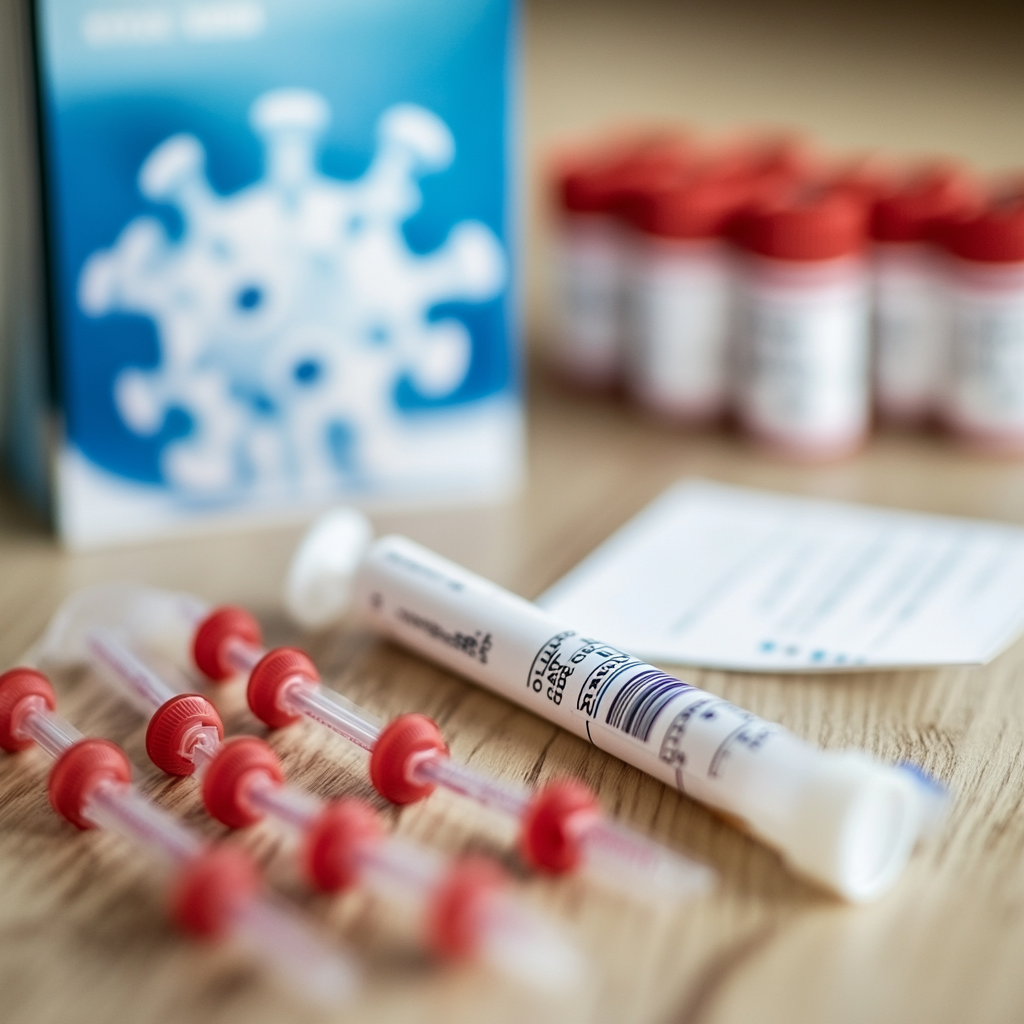A city that never sleeps is a city whose rhythm persists, even as the clamour of subway trains and the chatter of sidewalk café tables belts out its nightly anthems. During the COVID-19 pandemic, a new beat joined the cacophony. It’s the sound of masks tucked into coat pockets; of bottles of hand sanitiser perched by every door; and, most of all, of COVID-19 testing kits waiting silently in medicine cabinets. As the furious attention that the COVID-19 pandemic engendered lessens, the world is being forced to continue to pay it attention. And it’s an unassuming object – the COVID-19 testing kit – that powers this new mode of vigilance.
Ordering a testing kit for COVID-19 is almost as commonplace as ordering a book from Amazon or a takeaway on a Friday night, yet there is a certain sense of responsibility in the act, a quiet nod to the persistence of our shared experience. The long shadow of the pandemic has yet to shrink.
The Subtle Art of Choosing Your Kit
And here, in this new normal of pandemic living, with the sense of urgency subdued but the need certainly not gone, ordering a COVID-19 test is an act of conscious decision-making – starting with what type of test to get. Antigen tests, those datura swabs that throw up results in minutes, are great for a paranoid pre-departure check right before a busy brunch date. More thorough but slower-coming, PCR tests are perhaps what checking for COVID feels like as a part of your morning routine, like sending a letter by post compared with a text message.
You can buy online, from pharmacies, or through government programmes. The trick, if there is one, is knowing where to look, and how to tell quality when you see it: one pharmacy in the corner of Lexington and 82nd in New York will have a different stock than the one on Canal Street, but whichever you find, the protocol is standard: reduced to bite-sized instructions, elemental enough to evoke the logic of modern supply chains, vestiges of a shared conviction that this is now normal.
Why Continued Testing Matters
With tests easy to order and self-administered, why bother? Why continue with this ritual in a world so eager to move on? Because the virus is transmissible and mutable, lurking, even imperceptibly, until we drop. Low testing, even no testing, is a way to bet against protective measures, the same way you might go without insurance – except that for the community, that insures nothing.
Some new variants arrive in muted silence. Others explode as bombs. Either way, the variant becomes part of the ever-moving landscape. And one of the principal methods of keeping tabs on these interlopers is through testing. It is a simple act. Yet it can embody profound meaning. Every time a test is taken, it is one more point of data in this vast, ongoing campaign to keep the pathogen at bay.
The Responsibility We Share
The impulse to test manifests itself most purely in a city of voluntarists, where such a move could register itself as an imposition, a recapitulation of constraints to which we’ve grown so accustomed. That’s what its obligation side also asserts – it’s freedom’s small bill, paid for the sake of structuring one’s life of accidents and contingencies with just a little more certainty. Purchase a COVID-19 testing kit not because, alone, it guarantees you anything, but because the city, the country, the world needs as many of you to buy as many of them as possible in order to proceed, if carefully.
It’s now part of life as we enter a curious new era: a strange future where the pandemic seems both far away and all around us, and where the test kit, that still, banal little artefact that carries our shared history and the promise of a time after COVID-19, should continue to play a key role.




